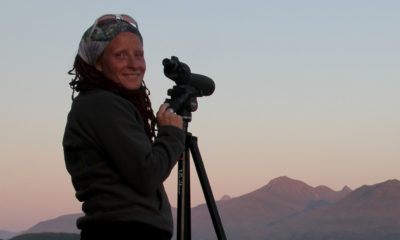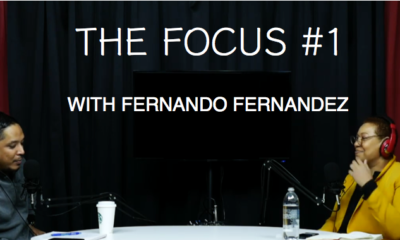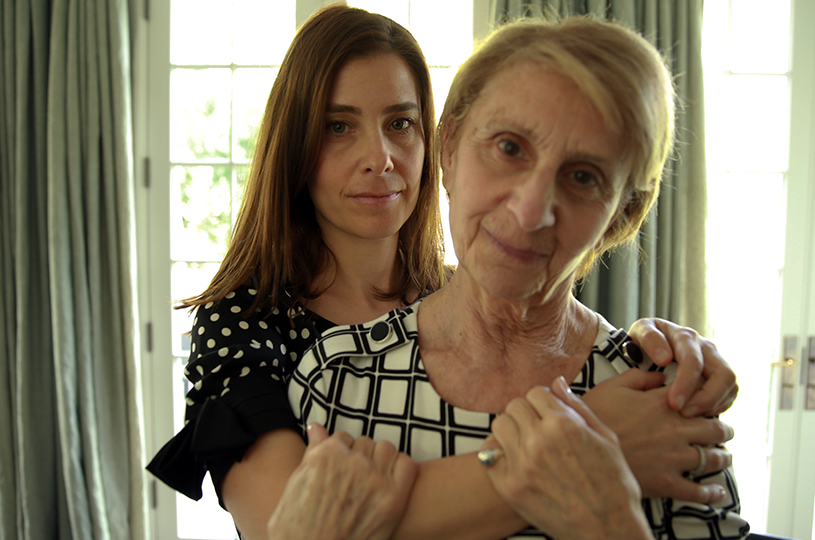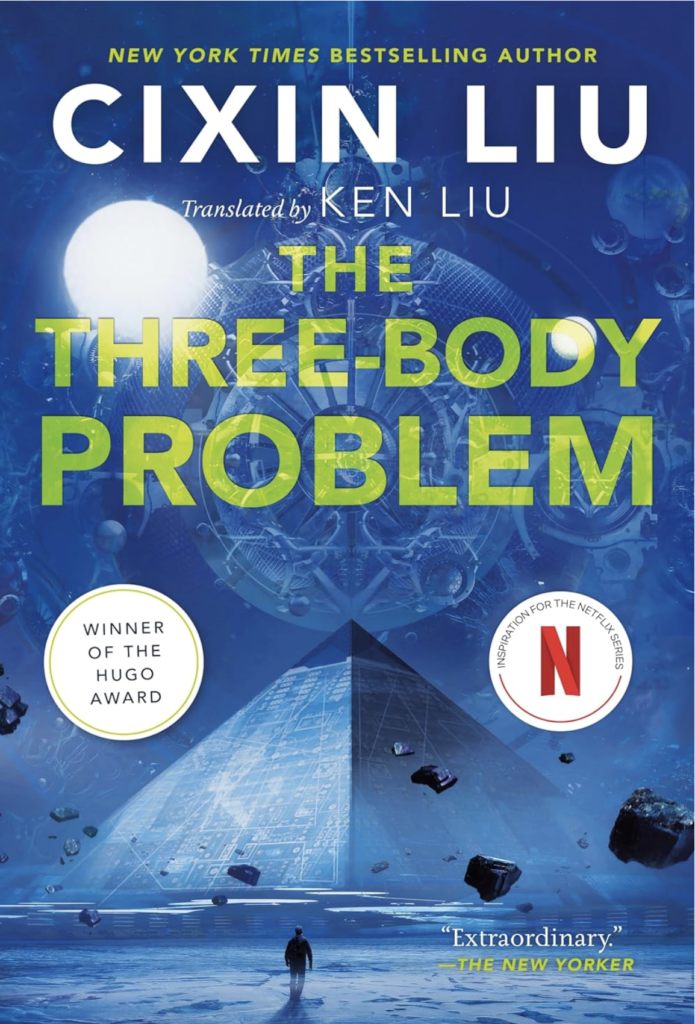DOCUMENTARIES
THE ICE BRIDGE RISES IN THE EAST
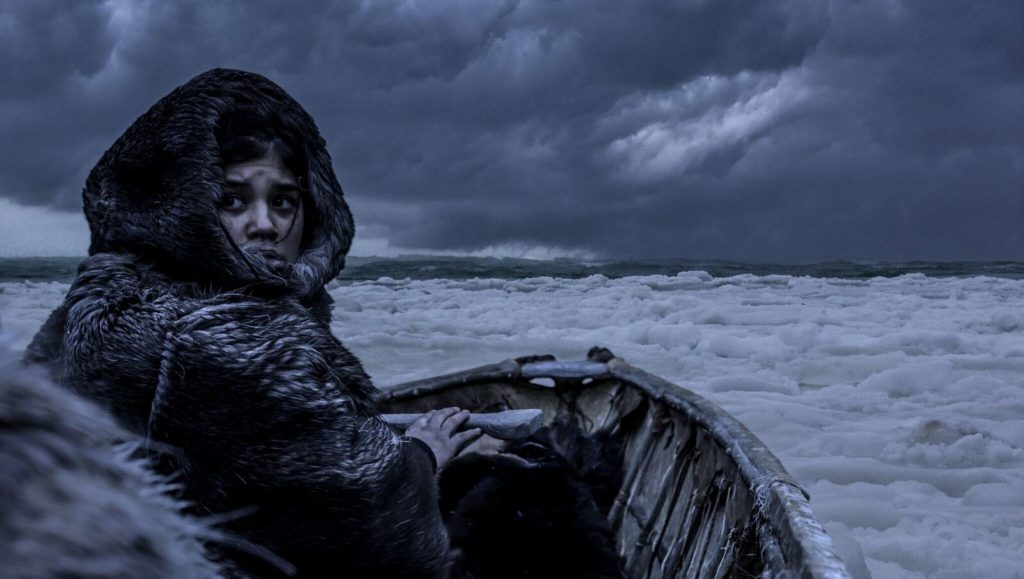

There are many who believe that the first migrants who came to North America 14,000 years ago trekked across a land bridge called Beringia which connected Siberia to Alaska along the Bering Strait. There is now the Solutrean Hypothesis which supports the theory that earlier migrants crossed the Atlantic Ocean from France and Spain to the eastern seaboard of North America during the Ice Age 6,000 years earlier. This has inspired director Robin Bicknell to focus on this subject further in her documentary The Ice Bridge with the support of an archaeological dig in Maryland headed by Dr. Dennis Stanford and Dr. Bruce Bradley who discovered Solutrean artefacts and carbon dated evidence that supports the hypothesis. The documentary which will premiere on David Suzuki’s The Nature of Things on January 14th at 8PM is intriguing and makes us wonder how humans were able to survive the Ice Age let alone trek the Atlantic Ocean. FERNTV spoke to Robin Bicknell on how The Ice Bridge is not a slippery slope.
FERNTV: How did you get involved and what inspired Ice Bridge?
Robin: Independent production company yap Films has made other films for the Smithsonian Channel and about Smithsonian scientists, so when we learned about research by Dr. Dennis Stanford, who is the director of the Paleoindian program at the National Museum of Natural History at the Smithsonian Institution in Washington DC., it was a natural fit for yap to produce the film for the Smithsonian Channel. Dr. Stanford and his colleagues had recently discovered a series of mysterious artefacts protruding from the cliff wall of a small island in Chesapeake Bay, Maryland. He was astonished as they were fully intact and seemed to be 20,000 years old. I was hired by Yap films to direct the film and we were given exclusive access to the archaeological dig. These artefacts looked clearly Solutrean to him and were further proof, Dr. Stanford felt, of a hypothesis that he has been putting forward for 20 years called the Solutrean Hypothesis. We then got several other broadcasters on board: The CBC in Canada, France 5 in France, UKTV in the UK and ABS in Australia.
FERNTV: Were you at all passionate about this subject and this point in history before you tackled this project?
Robin: To be honest I have made many other history films but they have never gone further back in time than about 1500 AD. Before making this film I was very unfamiliar with this time period (circa 20,000 years ago) I am so glad I got the opportunity to tackle it. The Solutrean era spans between 22,000 to 17,000 years ago and is absolutely fascinating. The world 20,000 years ago was in the grip of an ice age and it looked utterly different than it does today. Half of the northern hemisphere was coated in Ice and there were amazing megafauna (giant mammals) roaming the earth that are now extinct. There were not only the more commonly known beasts like the woolly mammoth and dire wolves but creatures that many people have never heard of like the great auk, the short faced bear and the cave lion. I learned that the humans who were savvy enough to survive that era must have been highly intelligent and resourceful. Not only did they survive and thrive but also the Solutreans are responsible for ground-breaking inventions including the spear thrower and the eyed needle. They are also responsible for some of the greatest representations of art on planet earth, represented on the walls of places like Lascaux cave, Cosquer cave or in the Altamira caves in Spain.
FERNTV: Did you want Ice Bridge to follow the template where there experts or archaeologists who support this theory and those who don’t support this theory, and why did you do it this way?
Robin: We felt it was important to be balanced. This is a highly contentious hypothesis so it would be misrepresenting the truth to not give a voice to the critics and let them explain their point of view. The film does not take a stance one way or another but rather offers up a subject worthy of debate.
FERNTV: Talk about the experience of scouting the locations for the scenes where you went back in history?
Robin: Our goal was difficult, but for the dramatic recreations we had to ensure that we found a location that ticked all the following boxes. A) Somewhere that would be covered with ice and snow B) A place with the appropriate foliage that would match the east coast of the USA during the Ice Age C) Somewhere that also had areas that could double for what is now Spain and France during the ice age D) A place with an amazing cave. E) Somewhere that was near a vast expanse of water. After much searching and driving around Ontario we found all this in the Bruce Peninsula near Wiarton, Ontario, overlooking Georgian Bay.
FERNTV: Discuss who was responsible for the special effects on creating the animals that were living back in the Ice Age?
Robin: Once the proposed megafauna storyboard scenes were approved, internationally renowned Paleofauna 3D modelling specialist Massimo Righi jumped at the opportunity to 3D model (for the first time) four of North America’s more unique megafauna. Supervised by Virtual Archaeologist Dr. William Michael Carter from the School of Creative Industries at Ryerson University, and working from academic literature, direction from our Vertebrate Palaeontologists, and using behavioural and structural examples from current descendent animal cousins, this meticulous process took over two months to ensure an authentic virtual representation of these majestic beasts.
In late March of 2017 the team filmed the scenes in which these animals would exist. The dramatic recreations were filmed in the Bruce Peninsula with industry veteran and VFX Supervisor, Cash B. Lim, who ensured that the proper lighting conditions, lensing and atmospheric conditions were recorded. The actors did an amazing job of reacting to animals that were not in the scene, and great care was taken to ensure that their eye lines were correct and allowed for the correct height of the beasts.
Over the course of the next five months, a small but highly dedicated team of VFX animators, lighters, compositors, technical directors and editors worked diligently to integrate the megafauna into the 4K plates. Great care and effort was taken to ensure that the very complex, fur-based, 3D assets were integrated within the scenes, whether on their own or in unison with our live action actors.
FERNTV: Yuval Noah Harari’s book Sapiens is a best seller and the book does go through of how the first migrants went through the Bering Strait. Can you comment on how difficult Dr. Bradley and Dr. Stanford it is to go through with their theory when there are so many others supporting the other theory of migrants going through the Bering Strait?
Robin: To be clear, Dr Bradley and Dr. Stanford have no issue with the theory of people coming across the Bering Strait. They fully accept that migration as having taking place between 14 – 16 thousand years ago. They are proposing that there was an additional earlier migration 20 thousand years ago from the east, across the Atlantic. Both Stanford and Bradley are people who are driven not by what others think of them, but rather by a passion to understand the past. Whether or not others agree or disagree, that is not what has kept them going for the past 20 years. I’m sure it has been hard at times being on the outside, but ultimately they hold hard and fast to what they consider a viable hypothesis. They wrote an extensive book that provides all the support material for this hypothesis and published in 2012. It’s called “Across Atlantic Ice”. The recent finds in the Chesapeake were not discovered until after they published the book.
FERNTV: It’s so cold right now here in Toronto and in Canada so can you comment of what the Solutrean had to go through in their travels across the Atlantic Ocean during an Ice Age?
Robin: I had an amazing experience that can speak to how the Soltureans may have survived the cold. When were designing the costumes for the actors who would play Solutreans we received advice from Dr. Pegi Jodry, an archaeologist who is featured in the film. She advised that most likely the Solutreans would have had waterproof fur clothing made of reindeer fur (which would have been the most readily available at that time) and that there would be minimal seams that were tightly sealed and the fur should be worn on the outside. We then hired a costume designer who created original wardrobe built out of authentic reindeer fur imported from Scandinavia. The 30-person crew and the team of 10 actors were outside in the freezing cold for days filming the re-enactment scenes. The entire crew got cold and wet no matter how high tech our gear was, but not a single one of the actors (one of whom was 10 years old) complained of the cold. In fact several of the actors complained of being too hot. The fur was incredible at keeping them warm and dry. It was amazing to witness. What you have to remember is that the Solutreans lived for generations in an Ice age, so it is highly likely that they figured out exactly how to deal with the cold and were adept at ensuring the were properly dressed from head to toe.
FERNTV: What is it like to work with David Suzuki on this documentary and what has he taught you?
Robin: David Suzuki was a true professional and a pleasure to work with. Once he had finished recording the voice-over for the film he said to me that this film was “science at its very best.” This was a real compliment and something that I will never forget.
http://www.cbc.ca/player/play/1114863683711/
www.cbc.ca/natureofthings/
-

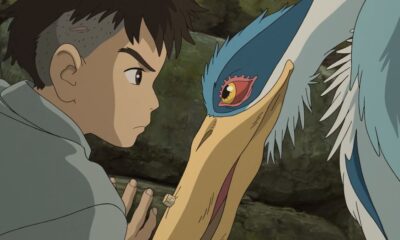

 BIPOC4 months ago
BIPOC4 months agoThe Boy and the Heron @TIFF 2023
-

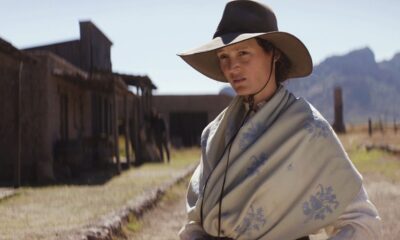

 TIFF 20238 months ago
TIFF 20238 months agoViggo Mortensen in The Dead Don’t Hurt @TIFF2023
-

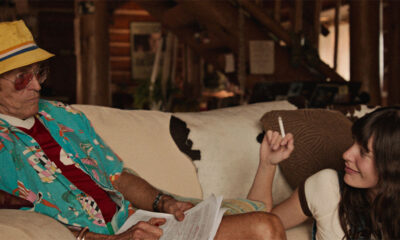

 Uncategorized8 months ago
Uncategorized8 months agoWillem Dafoe in Gonzo Girl @TIFF 2023
-



 ACTORS/ACTRESSES2 months ago
ACTORS/ACTRESSES2 months agoAn Exciting Conversation with Sydney Sweeney @SXSW 2024
-

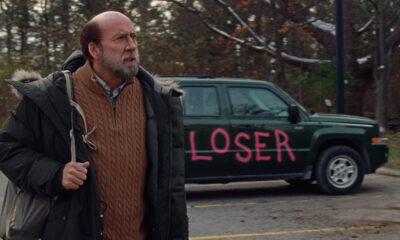

 TIFF 20238 months ago
TIFF 20238 months agoNicolas Cage in Dream Scenario @TIFF 2023
-



 ACTORS/ACTRESSES3 months ago
ACTORS/ACTRESSES3 months agoThe Exciting 96th Oscar Nominations Announced
-



 Uncategorized9 months ago
Uncategorized9 months agoSly to close TIFF2023
-

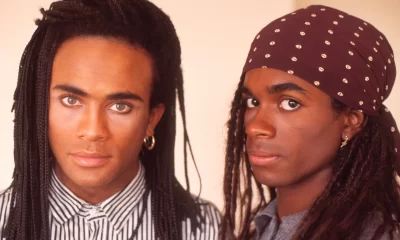

 TRIBECA 202311 months ago
TRIBECA 202311 months agoMilli Vanilli @ Tribeca Film Festival 2023


